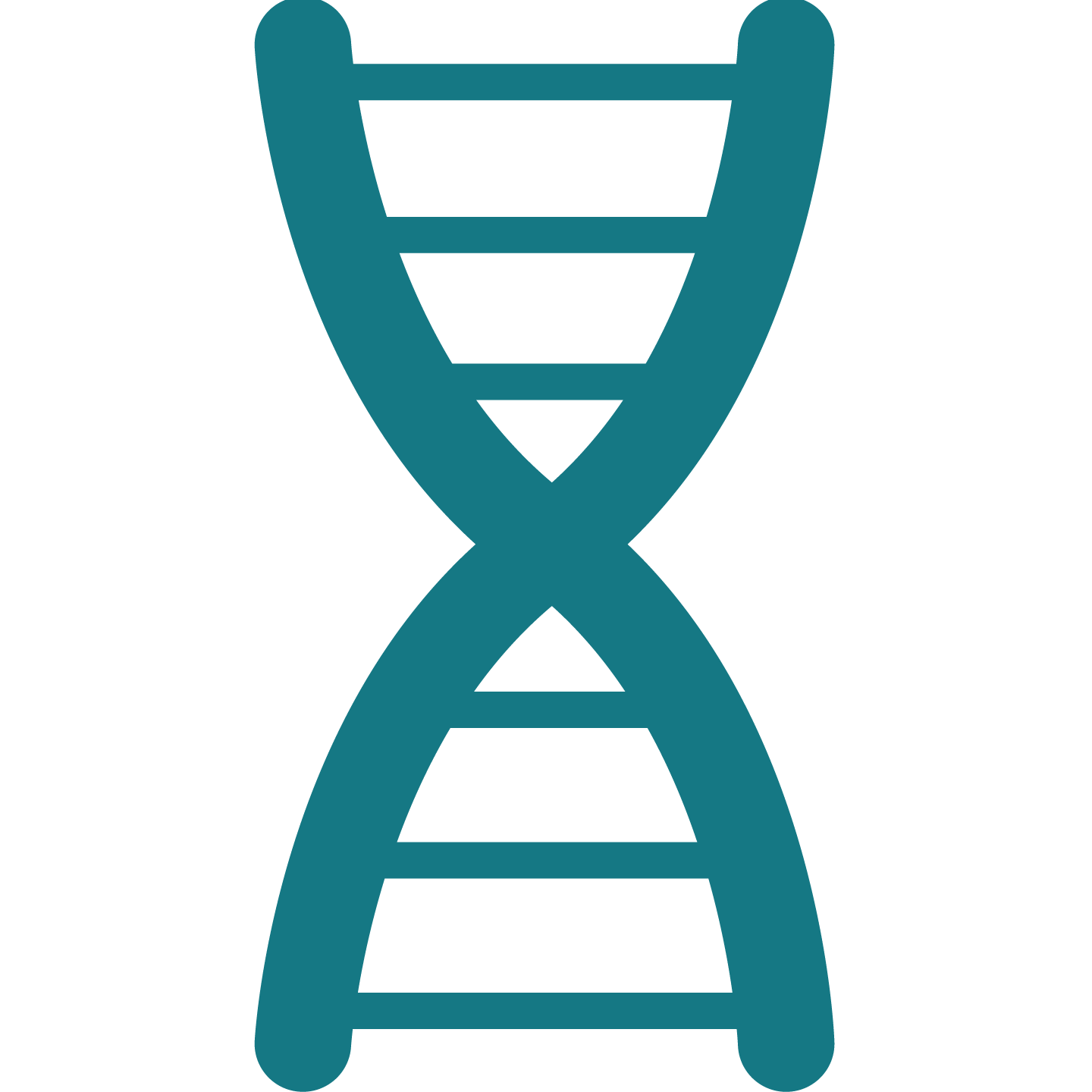
Understanding the Risk. Together.
Eosinophilic meningitis caused by Angiostrongylus cantonensis, is a neglected, underdiagnosed and underreported disease, affecting the most vulnerable of communities and environments. On our page, you can find information about the risk of human eosinophilic meningitis, the ways of infection, clinical course of infection, diagnostic options and treatment recommendations. AS-CAN.EU is part of a project aimed at development of novel diagnostic tool for human eosinophilic meningitis caused by Angiostrongylus cantonensis.
What is AS-CAN
What We Do
The project aims to develop a novel diagnostic tool for human eosinophilic meningitis caused by Angiostrongylus cantonensis. A LAMP assay for AC detection in clinical samples, tissues, and environmental samples will allow for fast, affordable and reliable diagnostic. The need for the project is driven by:

Persisting lack of rapid and precise diagnostic tools

Incomplete knowledge of sources of human infection and local epidemiology in endemic areas

Incomplete knowledge on genetic diversity of AC and on zoonotic potential of different genetic lineages

Lack of public awareness in endemic areas combined with growing incidences of this disease

Immediate risk of spread of the disease into the EU
The Teams
The unique collaboration between teams based in Europe and Asia is what makes this work possible in the first place.
Czech Republic Team
The Czech team, working in several top research and educational institutions, is responsible for the development of new diagnostic assays for testing for potential infections in humans and animals and contamination of the environment and food. The team members create educational and awareness materials, map of AC distribution, and work in the target countries to employ state-of-the-art detection methods.
- _read CVProf. MVDr. David Modrý, Ph.D.
Principal project coordinator - _read CVMgr. Vojtěch Baláž, Ph.D.
Diagnostic assays, field work - _read CVMVDr. Barbora Fecková
Web page content, diagnostic assays, geographical distribution, parasite biology - _read CVMVDr. Lucia Anettová
Diagnostic assays, field work, geographical distribution, parasite biology - _read CVMVDr. Barbora Červená, Ph.D.
Diagnostic assays
Indonesia Team
The Indonesian team is based in Syiah Kuala University, Faculty of Veterinary Medicine, Banda Aceh, in the area of Angiostrongylus cantonensis distribution. This gives them opportunity to answer important questions about the distribution, public awareness, and parasite overall impact on the environment.
- Muhammad Hambal, DVM, Ph.D.
Principal project coordinator - _read CVDr. Henni Vanda, DVM, M.Sc.
Field work
Our Goals
AS-CAN focuses on research and development of diagnostic tools, as well as surveillance and spreading of awarness.

Research
We aim to investigate the genetic diversity of AC based on available genetic data and comparative material while developing LAMP assays with two levels of specificity.

Evaluation
We strive to apply LAMP assay for investigation of AEM cases in endemic areas in SEA and to evaluate the specificity and sensitivity of LAMP in comparison with other detection methods in investigated cases

Surveillance
We pledge to apply the LAMP assay for investigation of AC occurrence in environmental samples, in animals and in the food chain.

Awareness
We organize training workshops to disseminate the information on AEM diagnostics for medical professionals in SEA partner countries to raise public awareness concerning risk of AC infection.

The Research
results
Anettová, L., Izquierdo-Rodriguez, E., Foronda, P., Baláž, V., Novotný, L. and Modrý, D., 2022. Endemic lizard Gallotia galloti is a paratenic host of invasive Angiostrongylus cantonensis in Tenerife, Spain. Parasitology, 149(7), pp.934-939.
_readSears, W. J., Qvarnstrom, Y., Dahlstrom, E., Snook, K., Kaluna, L., Baláž, V., ... & Nutman, T. B. (2021). Acanr3990 qPCR: a novel, highly sensitive, bioinformatically-informed assay to detect Angiostrongylus cantonensis infections. Clinical Infectious Diseases, 73(7), e1594-e1600.
_readBaláž, V., Rivory, P., Hayward, D., Jaensch, S., Malik, R., Lee, R., Modrý, D. and Šlapeta, J., 2023. Angie-LAMP for diagnosis of human eosinophilic meningitis using dog as proxy: A LAMP assay for Angiostrongylus cantonensis DNA in cerebrospinal fluid. PLOS Neglected Tropical Diseases, 17(5), p.e0011038.
_read